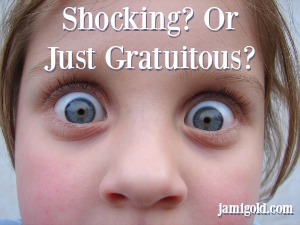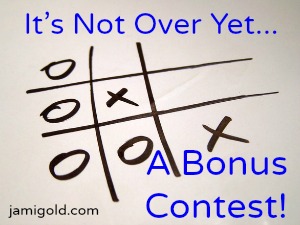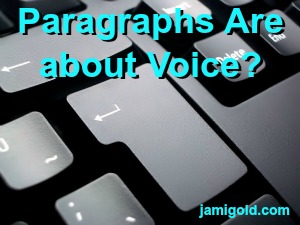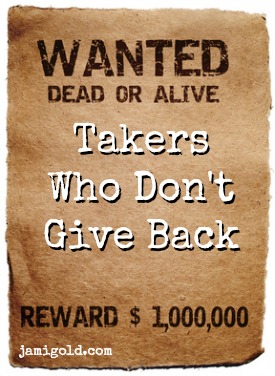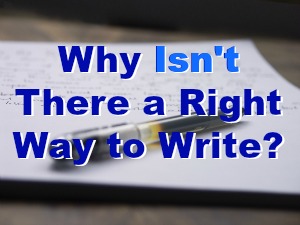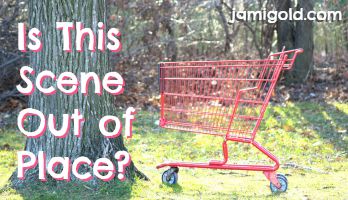As authors, we need to be careful when dealing with shocking, horrifying, or potentially problematic story elements. Let’s explore the steps we can go through to figure out the right approach for our genre, story, and characters.
Pin It
Read More
Are you one of my Blogiversary winners? If not, never fear—there’s a bonus contest!
Pin It
Read More
From school, we’re probably all familiar with using topic sentences to break ideas into paragraphs in non-fiction, but the rules are different for fiction. Choosing where to put paragraph breaks is one of the most voice-dependent decisions we can make as writers.
Pin It
Read More
Last week, I challenged writers to think about how they’re giving back to the writing community because it needs our help to thrive. Yet no matter what I recommend, there will be takers infecting our community, so let’s learn how to recognize them for what they are.
Pin It
Read More
Everyone who knows me and follows my blog knows I love to help others. Most people who contact me are appreciative, and I really am happy to help. But there are a few… *sigh*
Pin It
Read More
When we’re young, the world feels like it’s made up of wrong answers and right answers. Not surprisingly, writing is one of those areas of our life where “one right way” doesn’t apply, and there are several reasons why there’s no definitive “right” way to write a book.
Pin It
Read More
My regular readers know that I’m a pantser, but I’m naturally a planner/plotter in the rest of my life. So when a reader asked me how to build a scene list from a beat sheet, I didn’t shudder and scream in horror. Instead for my plotter-loving friends and readers, I figured I’d put together a real answer.
Pin It
Read More
How are villains, character likability, subtext, and point-of-view all related? In many stories, our antagonist is a non-POV character, and for non-POV characters, my previous tips about likability will be limited to subtext. So even though we might not be trying to make our villain likable, we might struggle to make them layered.
Pin It
Read More
My Elements of a Scene Checklist helps us identify whether a scene is truly necessary and contributing to our story by making sure it fulfills a story purpose. The same judgment criteria can apply to subplots as well. Let’s take a look at how can we make sure our tangents and subplots are adding to the story and not acting as a distraction.
Pin It
Read More
While I paid for a cover designer for my books, I created the bookmarks myself to save money. Several people asked me how I made them complement the cover so well, and since saving money is always a good thing, I figured I should post about the topic.
Pin It
Read More

